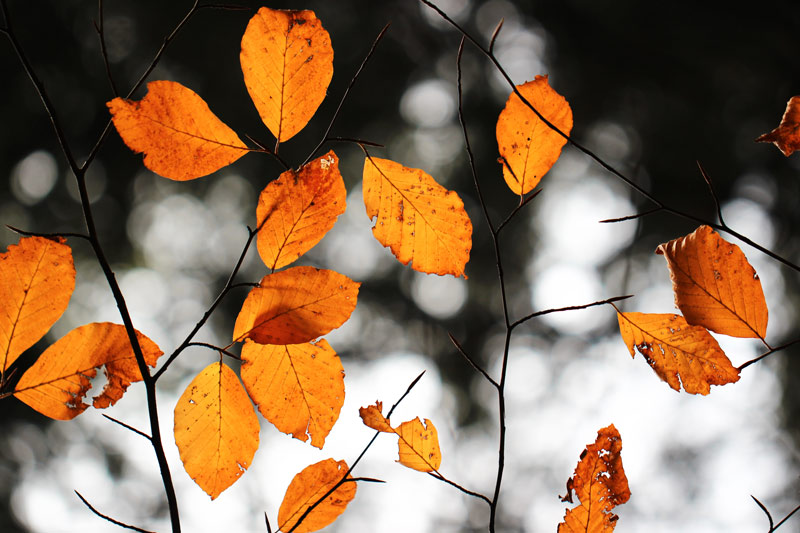Seasonal Affective Disorder (winter blues)

seasonal
(winter blues)
Despite everything, talking about seasonal affective disorder, or winter blues, seems to remain taboo even though it affects up to 10% of the population.
Since the symptoms appear in the fall, I suggest some solutions to help you cope better with the lack of sunshine months to come.
1. Light therapy
30 minutes of exposure to artificial light of 5,000 to 10,000 LUX per day in the morning remains a simple and above all effective way to replace the daylight which is so lacking during this time of year.
2. Sleep
Develop a routine that incorporates relaxing activities, dim lighting, and limited exposure to screens (computer, cell phone, television, tablet, etc.) in the hour before bed.
3. Exercise
We cannot repeat enough the benefits of physical activity on overall health; do it as often as possible and move outside regularly!
4. Food
Keep caffeine and added sugars to a minimum and include more fruits and vegetables, fatty fish, eggs, legumes, nuts and seeds. A vitamin D supplement of 1000 to 2000 IU/day may also be indicated, since exposure to sunlight becomes insufficient in fall and winter to meet needs (consult your pharmacist first).
In conclusion, if your symptoms persist or significantly interfere with your optimal functioning, do not hesitate to meet a health professional to help you.
Happy autumn!
Reference :
University Institute of Mental Health of Montreal
Robert H. Howland (2009) An Overview of Seasonal Affective Disorder and its Treatment Options, The Physician and Sportsmedicine, 37:4, 104-115.
Photo by Jonah Pettrich on Unsplash



0 comments